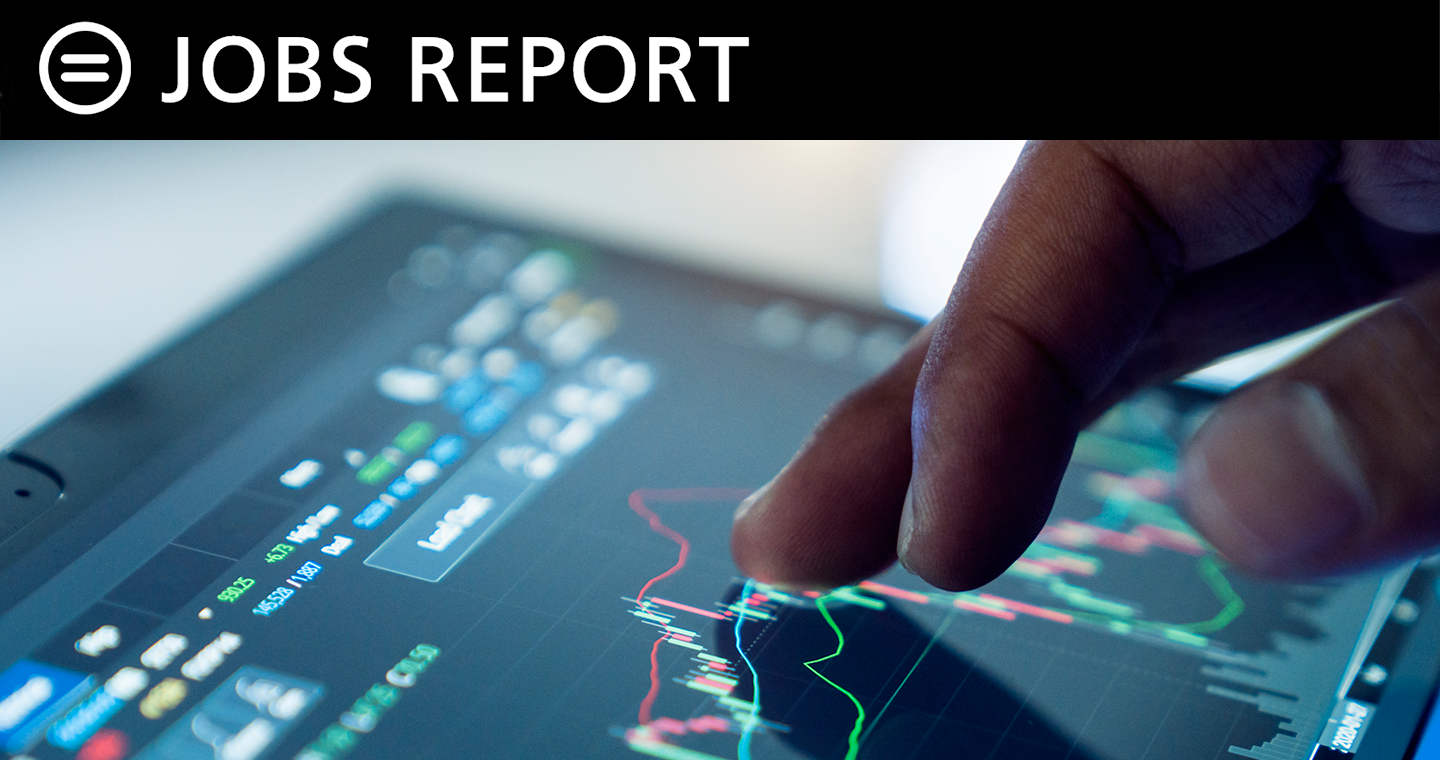August Jobs Report: Economy Moving Forward Modestly as Inflation Declines

Bernard E. Anderson, PhD
Whitney M. Young Professor Emeritus,
The Wharton School of the University of Pennsylvania
Chief Economic Advisor,
National Urban League
With 142,000 jobs generated in August, the U.S. economy is moving forward modestly in an environment of declining inflation
Demographically, there was slight change in the employment experience of Black and white workers. The Black unemployment rate declined slightly to 6.1 percent, while the white unemployment rate remained unchanged at 3.8 percent. As a result, the Black/White unemployment disparity settled at 1.60, down measurably from the previously persistent 2:1 ratio. The Hispanic unemployment rate remained at 5.5 percent.
Labor force participation was unchanged at 62.7 percent; the employment /population ratio remained unchanged at 60.0 percent. Long-term unemployment declined to 1,533 workers.
The report supports the Federal Reserve’s plan to reduce interest rates at the September meeting, probably by 25 basis points.
Over the past year Federal Reserve restrictive monetary policy restored the balance between aggregate supply and demand, easing elevated inflation. The increased cost of living was generated by COVID-19 and the pandemic and exacerbated by supply chain disruptions. These conditions had a widespread impact reducing consumer spending, depressing home purchases, raising rent and generally worsening the economic well-being of the population.
Inflation is now near 3 percent, down from more than 7 percent at the height of the pandemic. During the recovery, labor market conditions came into better balance spurred by monthly job creation averages of more than 100,000, low unemployment, high participation, and historically low racial employment gaps. The unemployment rate is now 4.3 percent, mainly reflecting an increase in the supply of workers seeking jobs and a slowdown in the previously rapid pace of hiring rather than employment layoffs due to weak labor demand.
Real wage gains (money wages adjusted for inflation) are concentrated among those with lower income. Average hourly earnings rose 0.4 percent to $ 35.21; year over year change was 3.8 percent.
The consensus among economists is that inflation will decline further with the current stance of monetary policy, recognizing lags in price adjustments in response to changes in interest rates. In his speech at the August economic conference in Jackson Hole, Wyoming Federal Reserve chairman Jerome Powell reported that incoming data suggests the desirability of reducing the federal funds rate at the FOMC meeting in September. The key question is whether the rate cut will be .25 or .50, and how many more rate cuts, if any, are likely in future meetings this year.
The economy is clearly on the path of an unprecedented soft landing, a condition in which restrictive monetary policy reduces inflation without generating a recession.
The economy has largely recovered from the turbulence generated by the pandemic and reflects a new normal in labor market behavior. Many workers still work at home, and the number of dual job holders has increased especially among women. The pace of change remains uncertain, and there is little change in income and wealth inequality. But the path forward shows no evidence of a recession. It’s steady as you go as the nation moves toward the end of 2024.

